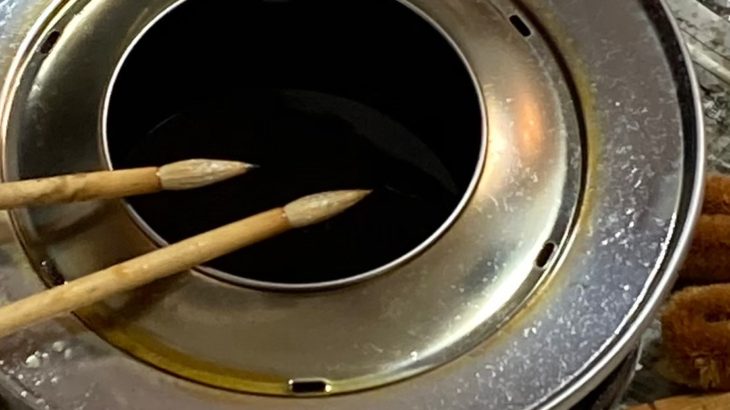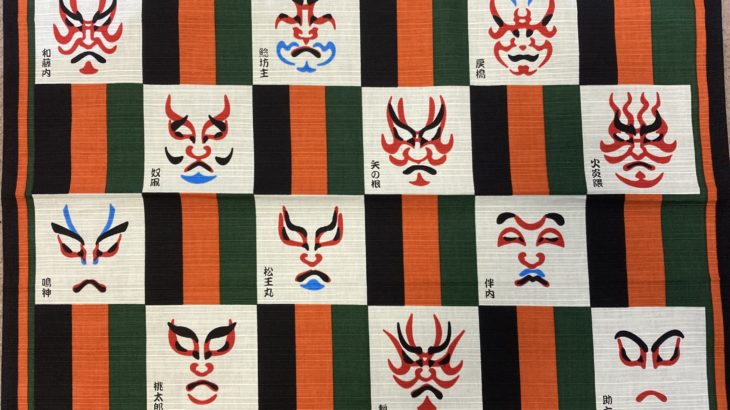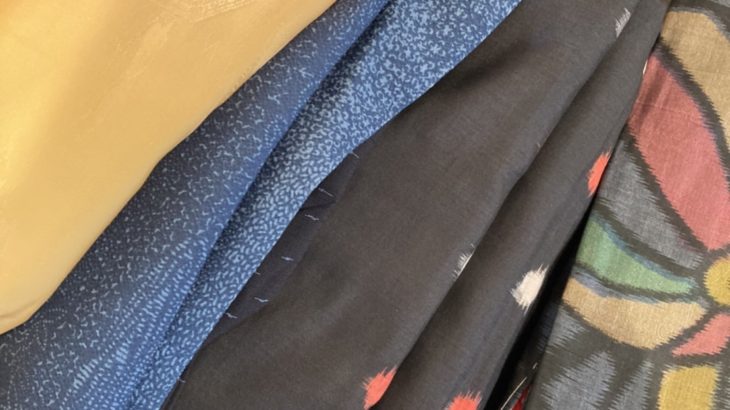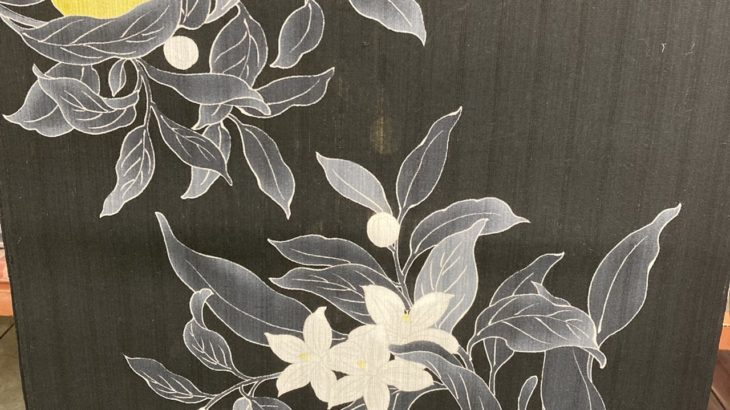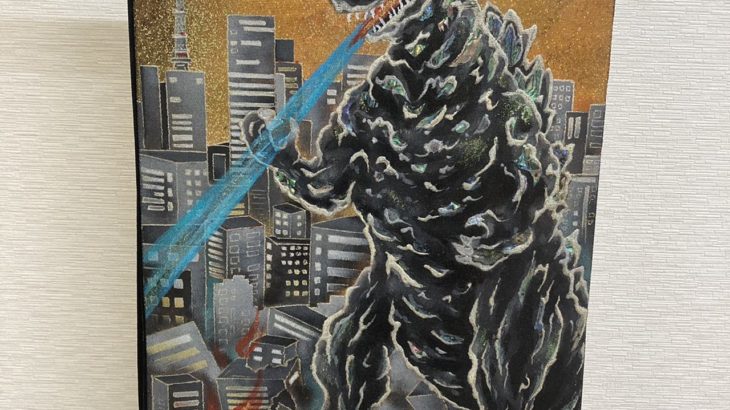Hello, this is Shinji from Warashibechoja JP. The New Year has begun… We are gradually gaining recognition through Instagram, and we are busy with inquiries from our customers. As the Chinese zodiac sign for this year is a rabbit, I hope that 2023 will be a year of leaps and bounds.
In the midst of all this, I had the opportunity to visit the studio of a kimono artist who has been a good friend of mine for a long time, and experience a part of the wax-dyeing process.

What is Batik?
It is a dyeing method using wax that is used all over the world, and is said to have been used in Japan since the Nara period (710-794). It is said that the cloth was hardened with wax to prevent dyeing, then the surrounding area was dyed and the wax was removed to add patterns.
Creation procedure
1) Use a brush to lay down the wax on the dyed-out area. The wax will harden quickly at this point, so it is a game of speed to write before it hardens.

2) The area covered with wax is dyed with an anti-dyeing agent, so the surrounding area is dyed. In most cases, a brush is used to start the process, but this time, a small brush was used for blending dyeing.

3) Remove the wax using a chemical agent, and now lay down with wax around the areas that were not dyed through.
4) The wax is then removed with a chemical agent to complete the process. In some cases, this process is repeated about 20 times.
Gradient dyeing
The teacher at this workshop kindly allowed us to experience bokashi dyeing, which is said to be difficult. It is a very difficult process because if it is done poorly, the fabric will be dyed in a square shape. The trick is to moisten the entire surface with a thin layer of water using a misting sprayer, then spread the dye on the surface with a brush. This is a very difficult process.
The teacher showed us a sample of the technique, and it was indeed the work of a master craftsman.

Wax Preparation
This time, due to time constraints, we asked the teacher to do it for us. The wax mixture is changed according to the season, temperature, and humidity. For example, in winter, soft wax with a little stickiness is used to prevent the wax from cracking. In summer, on the other hand, hard wax is used to prevent the wax from sticking together. Paraffin wax is often mixed with beeswax or other waxes, but the mixture varies slightly from workshop to workshop.
Mixing the wax requires a long experience.

This time, we would like to introduce wax dyeing. We will continue to visit various kimono studios in the future, so please look forward to it.
Instagram:わらしべ長者.JP
ECサイト: Warashibechoja.jp
